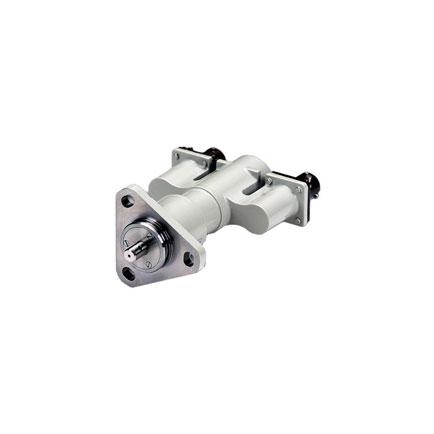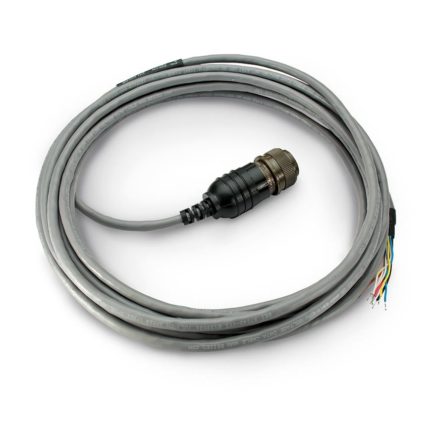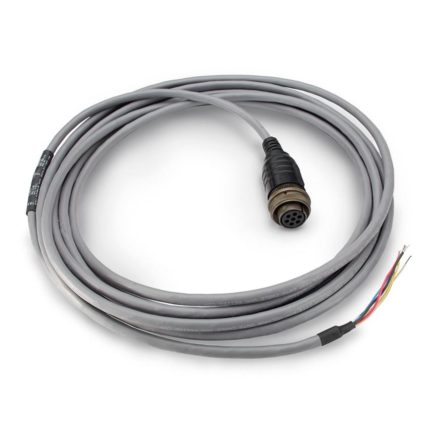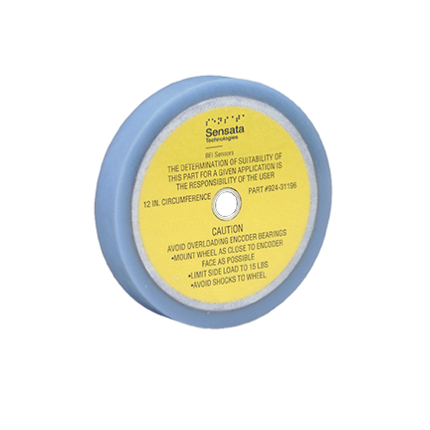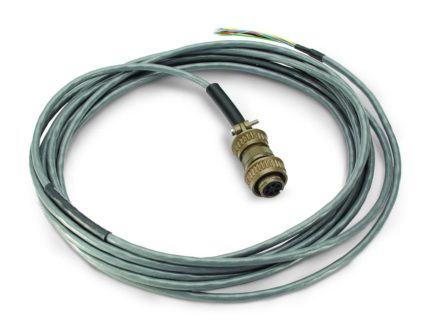When the design of a system requires more electrical redundancy to achieve the necessary system reliability, multi-channel RVDTs are the sensor of choice. This is often the case for military fly-by-wire aircraft.
Up to three separate channels can be placed in tandem inside a common housing. A common shaft will mount three separate rotor stacks each directing flux in different stators mounted in line.
Another multi-channel option is to mount the channels in parallel. This allows a greater number of independent channels in a shorter housing, although the diameter of the total package size must increase. This approach allows for easy replacement of each channel as discrete single channel RVDTs are used to build the multi-channel unit. Each channel is connected to the input shaft via a single anti-backlash gear.
Features
- High reliability (MTBF of 1,000,000 hrs. typical)
- High accuracy (± 0.25% full scale)
- Stable output as high as 80g vibration
- Pressurized & hermetically sealed designs available
- Precision alignment or coupling features
- Angular & rotary measurements
- Multiple channels (tandem or parallel)
- Single cycle (± 80°) or dual cycle (± 40°)
- Non-contact brushless rotor design
- Infinite angular displacement
- Size 8 or size 11 servo or flange mount
- Lightweight, robust designs, small package
- Constructed for stability and interchangeability over its life
- Qualified to RTCA/DO-160 and MIL-STD-810 specs
Applications
- Stand-alone airframe
- Flight control actuators
- Valves
- Nose wheel steering systems
- Cockpit controls
- Engine bleed air systems
- Fuel controls
- Fly-by-wire systems
- Brake-by-wire systems
- Environmental control systems

